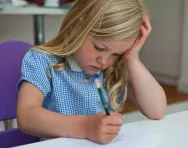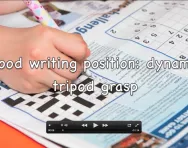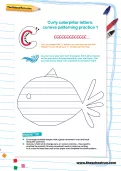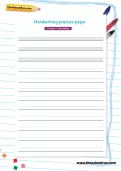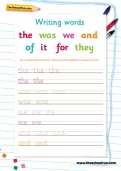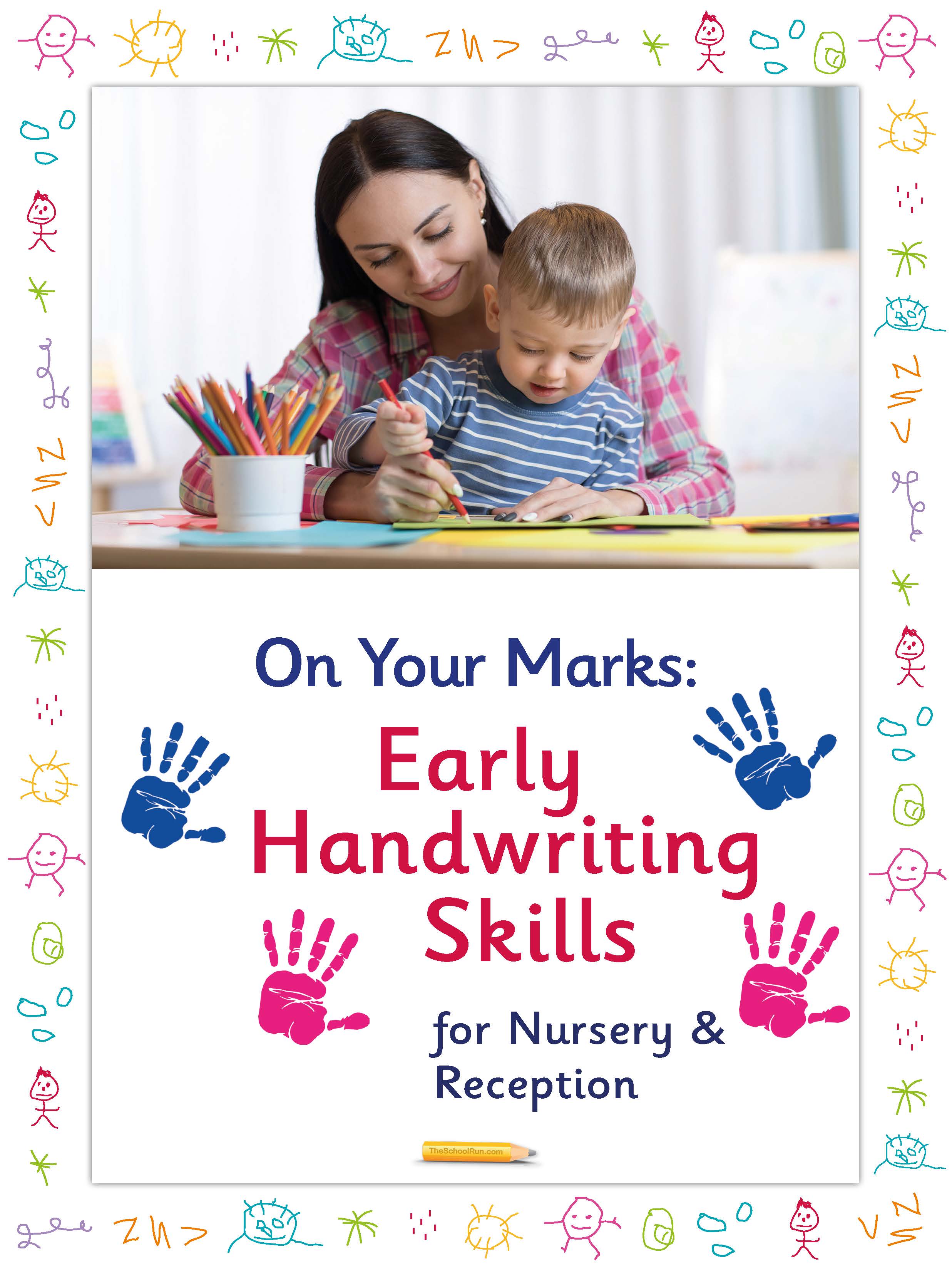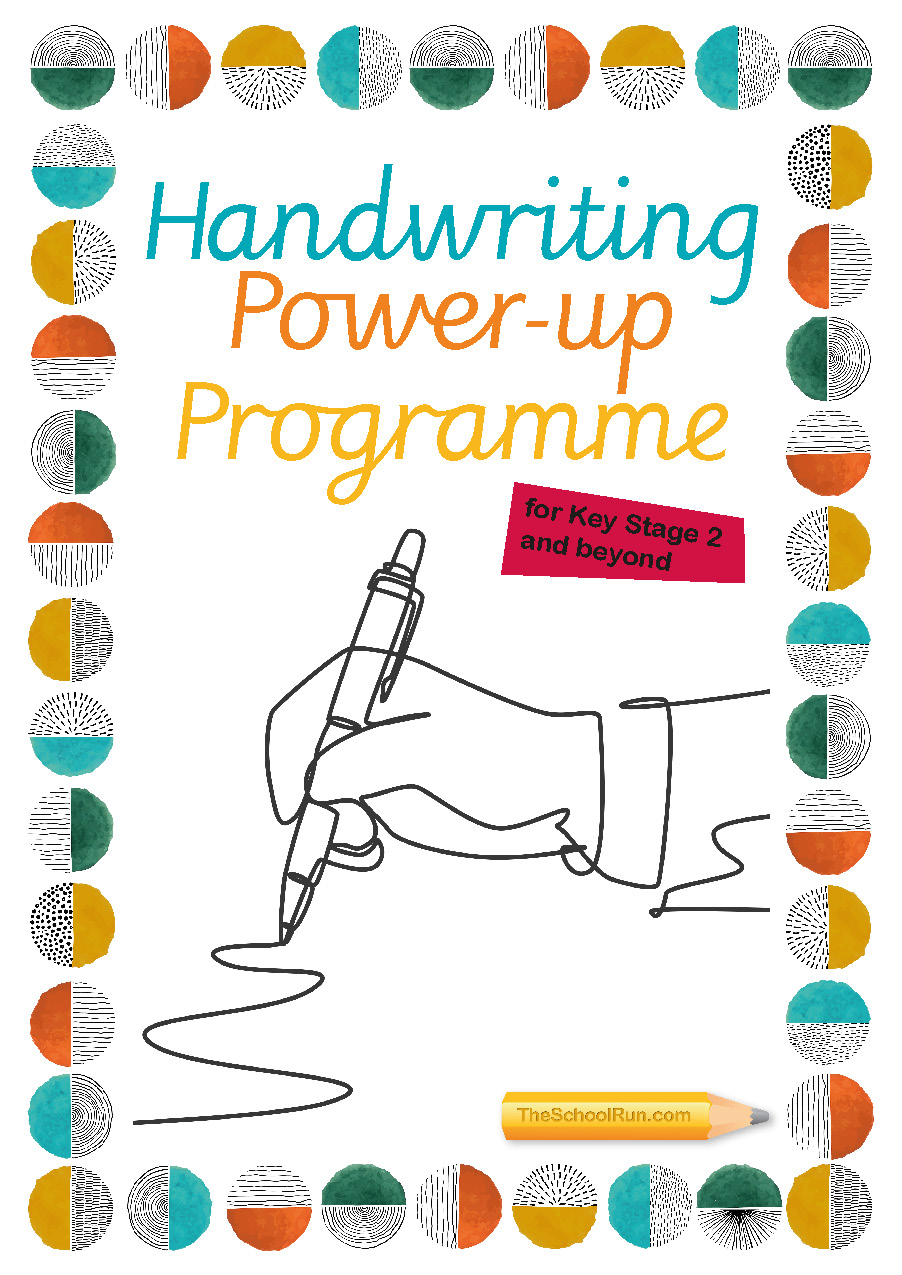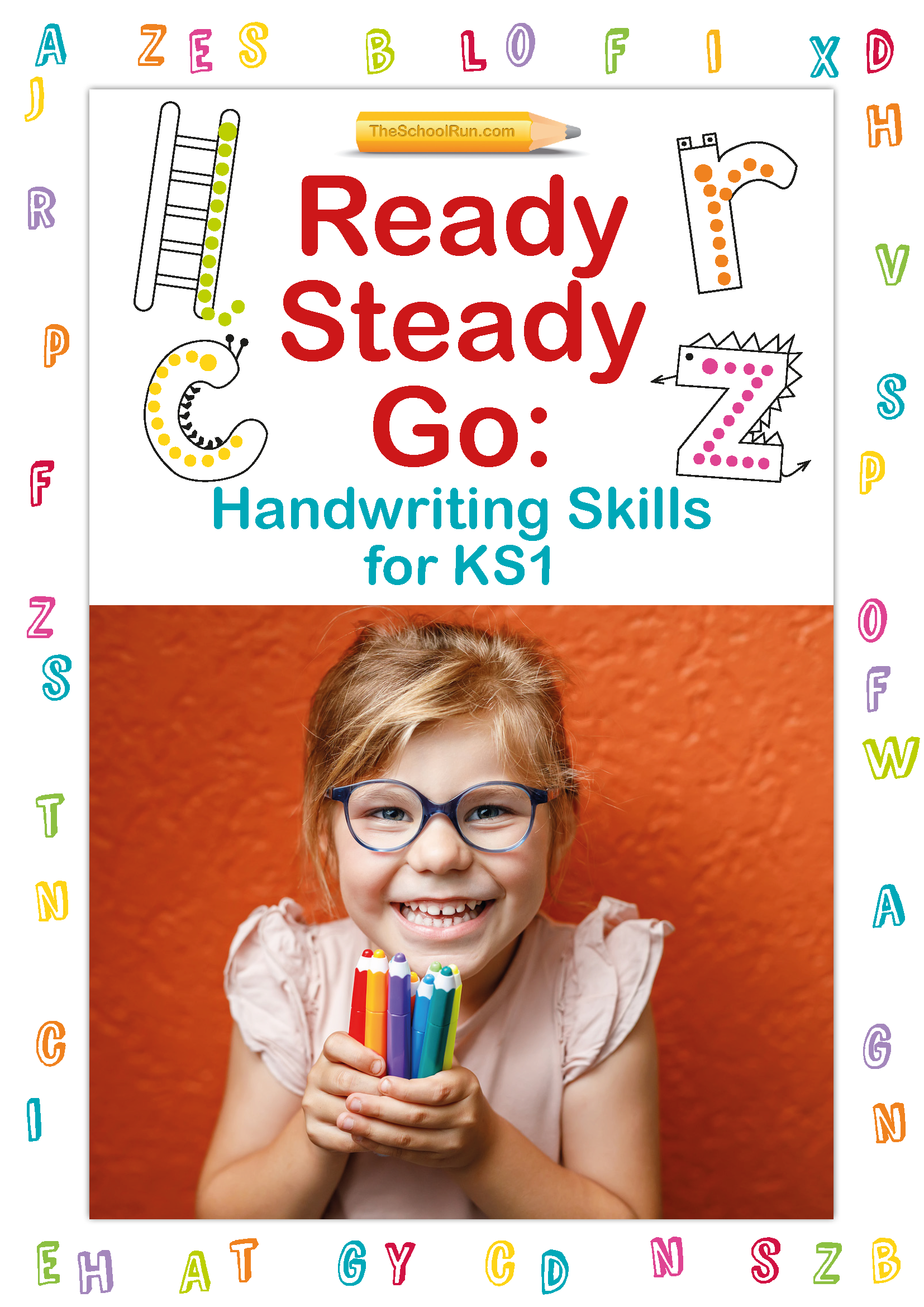Important update from TheSchoolRun
For the past 13 years, TheSchoolRun has been run by a small team of mums working from home, dedicated to providing quality educational resources to primary school parents. Unfortunately, rising supplier costs and falling revenue have made it impossible for us to continue operating, and we’ve had to make the difficult decision to close. The good news: We’ve arranged for another educational provider to take over many of our resources. These will be hosted on a new portal, where the content will be updated and expanded to support your child’s learning.
What this means for subscribers:
- Your subscription is still active, and for now, you can keep using the website as normal — just log in with your usual details to access all our articles and resources*.
- In a few months, all resources will move to the new portal. You’ll continue to have access there until your subscription ends. We’ll send you full details nearer the time.
- As a thank you for your support, we’ll also be sending you 16 primary school eBooks (worth £108.84) to download and keep.
A few changes to be aware of:
- The Learning Journey weekly email has ended, but your child’s plan will still be updated on your dashboard each Monday. Just log in to see the recommended worksheets.
- The 11+ weekly emails have now ended. We sent you all the remaining emails in the series at the end of March — please check your inbox (and spam folder) if you haven’t seen them. You can also follow the full programme here: 11+ Learning Journey.
If you have any questions, please contact us at [email protected]. Thank you for being part of our journey it’s been a privilege to support your family’s learning.
*If you need to reset your password, it will still work as usual. Please check your spam folder if the reset email doesn’t appear in your inbox.
Handwriting
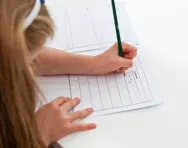
Legible and fluent handwriting is a gift that will last your child a lifetime but it's very tricky to master. In this section of the site you'll find lots of information about how your child learns to write, handwriting activities and steps to better handwriting, as well as advice on how to help your child through each of the handwriting stages – from patterning to printing to joined-up (cursive).
From first marks to confident cursive: Expert advice and handwriting practice worksheets
There are lots of engaging and colourful handwriting worksheets for your child to practise with, from pre-handwriting and writing the letters of the alphabet (uppercase and lowercase) to fluent and legible joined-up handwriting. Plus we have a collection of handwriting advice videos for parents, created in conjunction with the National Handwriting Association, with expert tips on topics including the dynamic tripod grip, left-handed writing tips and correct letter formation. Our downloadable handwriting practice sheets will help your child master getting letters to sit on the line, use of finger spaces and starting the letter at the right point.
You can also follow a step-by-step Handwriting programme, a course of over 200 worksheets that will take your child from the first stages of writing right through to being able to write in a fluent, joined-up style, and explore our brilliant handwriting packs and eBooks for each stage: The Handwriting Patterns Playbook and Early Handwriting Skills for Nursery & Reception, Handwriting Skills for KS1 and the Handwriting Power-Up Programme for KS2.
Worksheets

The Handwriting Learning Journey
The Handwriting Learning Journey is a course of over 200 worksheets that will take your child from the first stages of writing – known as patterning – right through to being able to write in a fluent, joined-up style.
Handwriting is an essential skill, but we all have to learn it, and it’s a very complex task. Legible, neat handwriting takes lots of practice and it isn’t just learning the alphabet – fine motor skills, hand eye co-ordination and an interest in putting pen to paper are essential as your child develops their skills. The final goal is for handwriting to become an automatic skill, so your child can concentrate on what, and not how, they are writing.
Handwriting advice videos for parents
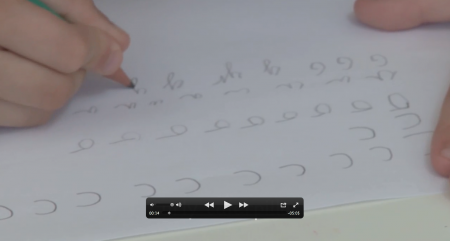
Working with the National Handwriting Association, TheSchoolRun has produced 21 videos to offer advice on different aspects of handwriting development and learning. Whether you need to help your child hold their pencil correctly or want to check the correct formation for every letter of the alphabet, watch our experts to find out what you need to know.
- Video: correct wrist position for handwriting
- Video: Right-handed handwriting tips and expert advice
- Video: Correcting pencil grip
- Video: The dynamic tripod grasp for better handwriting
- Video: The dynamic tripod grasp explained
- Video: Left-handed handwriting tips and expert advice
- Video: correct handwriting grip and positioning for new writers
- Video: Pre-writing activities to support handwriting
- Video: Pre-writing activities using scissors
- Video: Handwriting posture and seating advice
- Video: Tripod grasp quick trick
- Video: Handwriting aids for children
- Video: Handwriting development stages explained for parents
- Video: Pencil grasp development
- Video: Handwriting letter families
- Video: Letter formation, Long ladder letter family
- Video: Letter formation, Curly caterpillar letter family
- Video: Letter formation, One-armed robot letter family
- Video: Letter formation, Zig-zag monster letter family
- Video: Correct letter formation
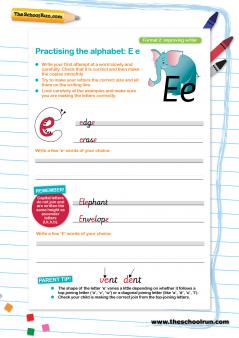
Cursive / joined-up writing: everything parents need to know
Joined-up or cursive writing is encouraged in schools; from parent information about cusive writing to techniques to help develop a fluent joined-up style and free handwriting worksheets, we offer advice and suggestions to help you help your child with handwriting at home.
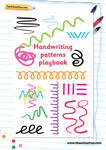
Handwriting patterns playbook
Before children are able to start writing letters and words their hands and muscles need to get used to producing marks on paper. Our Patterns playbook offers your child the opportunity to practise common writing patterns in preparation for handwriting letters at age 4 or 5. It's also a fun way to encourage an older child has trouble writing particular letters. Can they make some waves, draw some curly baby hair and decorate a birthday cake with Smarties, all while doing some vital handwriting practice?
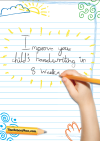
Improve your child's handwriting in 8 weeks
Handwriting is a crucial life skill, but how can you help your child write neatly and legibly? Our eight-week handwriting learning pack is packed with information and tips from handwriting experts, as well as fun and practical steps you can take to help your child put theory into practice.
On your marks: Early handwriting skills
Michelle van Rooyen, an occupational therapist and handwriting expert, uses her skills and years of experience to provide an incredibly useful and incredibly fun book to help you along the mark-making, handwriting journey — all at a pace that suits your child.
Handwriting power-up programme
Packed with advice and practical exercises, the Handwriting Power-up Programme covers letter shapes and spaces, letter sizes and joins, letter slopes and speed, posture, style and stamina.
Ready steady go: Handwriting skills for KS1
Our Ready Steady Go handwriting eBook will support your KS1 child in a playful way, beginning at the right place and working at their own pace.

